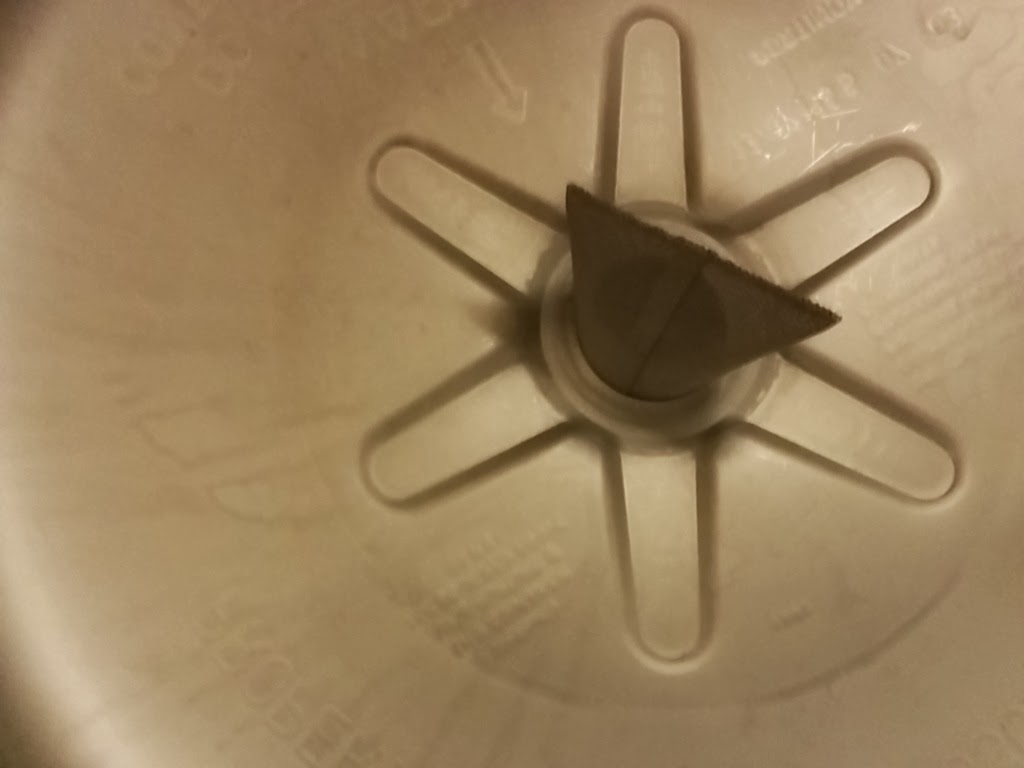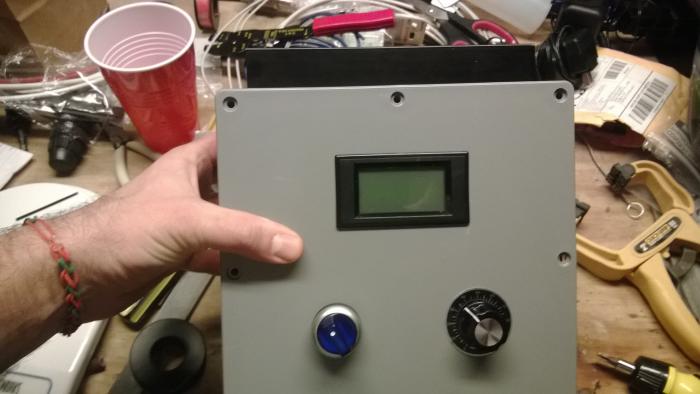KPSquared
Well-Known Member
Lots of guys find it easier to turn a knob than fiddle with the PID controls to set manual mode. It's just easier. Nothing wrong with it.




![Craft A Brew - Safale S-04 Dry Yeast - Fermentis - English Ale Dry Yeast - For English and American Ales and Hard Apple Ciders - Ingredients for Home Brewing - Beer Making Supplies - [1 Pack]](https://m.media-amazon.com/images/I/41fVGNh6JfL._SL500_.jpg)











You can't base heat loss off a keggle full of water. . . There's just no comparison in thermal mass once you add several pounds of grain.
Why not use your trub screen but increase to a size more like a Hop Stopper. Just a bottom drain instead of a dip tube version. That is currently my plan. 6 or 8 inches across with something to tie it into the bottom drain. Should work well with the increase in surface area?
In regards to starters, I have a friend that does a basic 2 row mash, then just puts everything in jars and cans the wort. Then he has sanitary starter for his whole brew season.
Maybe just make a DME starter the day before and save some time?
If you choose the correct PID, i.e. one with manual control, placing a SSVR w/ knob after it would be redundant.
There are many PIDs that support manual mode.
I really like the design of your build and am planning on a set up similar to yours. Is there anything you would do differently if you were to start over besides the 40 amp SSVR?
I was also thinking of using reflectix instead of the keg skin.
Awesome controller setup I live by the K.I.S.S. theory. I would like to use a similar setup to control boil rate only my question is does the rheostat turn the element off at it's lowest setting or is that why you used a contactor?
I may add (or switch to) Reflectix at some point, but I really like being able to remove the KegSkin for cleaning/storage.
Reflectix has worked very well for my 15-gal EBIAB kettle. I use two layers around my kettle and secure them with a small tab of duct-tape so that they are easy to remove and rinse. Reflectix is rated to 180 F if I remember correctly, but I have had no issues leaving it on during the boil. I have a pad of Reflectix under my kettle and also made a cover for the pot lid. I lose about 2 deg F during a 1 hr mash without having the element on.
Following this thread, and me and a friend of mine are both building similar rigs. I plan on using engine compartment insulation recommended on some other threads instead of the Reflectix.
I just got the remaining components from the parts list for Xmas, I'll have to see if I can take some pics along the way, I plan on incorporating Pogden's lessons learned (40a, heatsink orientation, etc.).
Thanks so much for a great thread!

Funny I was just at HD looking for those bracket / door locks - couldn't find them. I already had the HF bar clamp for other projects. What are they called exactly?
One other thing I did have to get was a slightly larger junction box (8 x 8 x 4) at HD ($23). The heatsink for the 40a SSVR from Auber is just an inch too long for the Centex box on the parts list. I might add something with the extra room.
I'll definitely PM with questions - I'll start crimping tonight!

Ok, crimping away - filing down the pvc control box cutouts took me longer than I anticipated, but looks good so far (see attached).
Following the diagram, did you use 14 gauge wire for the connections between the potentiometer and the ssvr? The diagram indicates a medium gauge, but the photos look more like 10 gauge all around. Since I have solder that connection to the dial, it would be easier to use the lighter gauge, but it doesn't look like you went that route?

